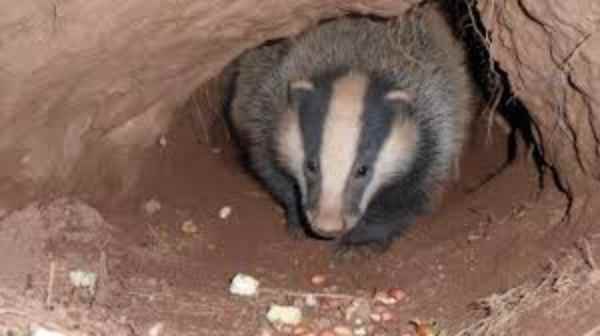Burrowing animals such as moles, foxes and badgers can be a nuisance when they move into our yards to dig their subterranean homes. But there are many more animals that rely upon digging or burrowing as an integral part of their lives and lifestyles. In this article, we will tell you about different animals that dig holes.
Table of Contents
Burrowing Owls
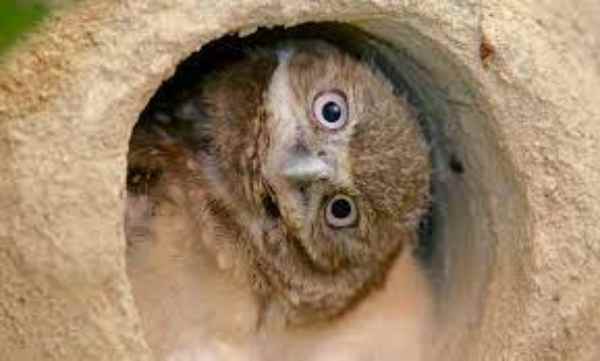
Burrowing owls have an interesting behaviour that has taken many by surprise. They can often be found burrowing their heads in the ground, which is pretty unusual for an animal with wings. This activity makes them more vulnerable and might appear counter-intuitive, but it’s actually done for protection. The owl will typically stay in there all day and wait until it’s time to hunt. Unexpectedly, these birds are also active during the day rather than at nighttime like most of their cousins. Moreover, they’re also capable of being particularly defensive – burrowing owls can produce a sound that resembles the noise of a rattlesnake when threatened.
Related Articles: Can You Eat Owl Meat? (Understanding the Legalities)
Insects
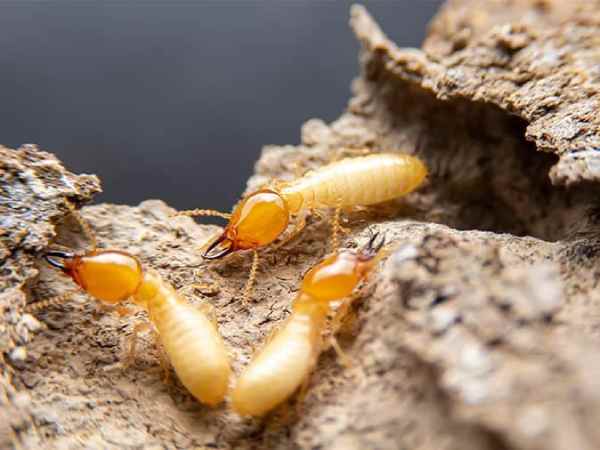
While most people are familiar with ants and termites and their underground habits, they may not know that insects make up a large percentage of the animals that live their lives primarily underground. Furthermore, there are many different species of wasps and spiders that have adapted to burrow themselves in the earth – one example being the Australian mouse spider known for its impressive 22-inch deep holes. Even bees have been spotted making their nests in the soil instead of high up in the trees, which is proof that there are certainly more insect species out there capable of living a subterranean lifestyle yet to be discovered.
Rabbits
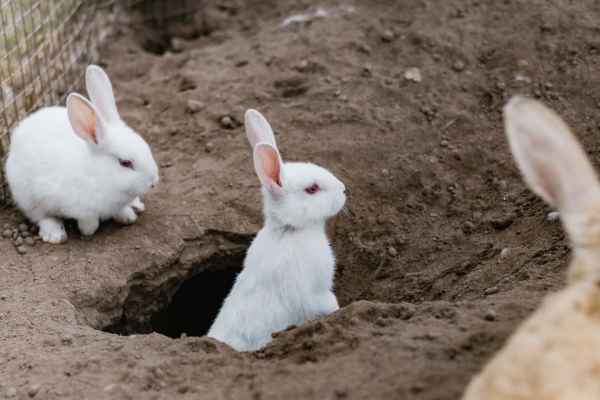
Burrowing is an integral part of the rabbit’s natural lifestyle, and its importance is often underrated. It provides them with much-needed safety and security, allowing them to disappear quickly if they feel threatened. Digging deep underground allows them to create a home they can retreat to, as well as a network of tunnels that provide multiple exit points. The wide complex network of burrows also offers rabbits both camouflage and protection from their predators.
Voles
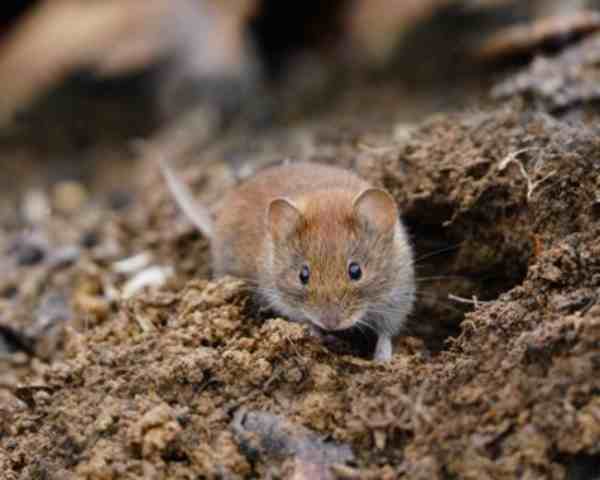
Voles are truly nature’s ultimate survivors. Digging holes in the ground offers them protection from the harshness that winter brings, including blistering winds, subzero temperatures, and freezing rain. As true hoarders of insulation material and food rations, voles use their underground tunnels to store up enough nourishment to get them through the upcoming months. While their dwellings may seem primitive compared to what humans can build, these little abodes are often surprisingly snug and cosy for voles to get some well-earned rest over the winter season.
Bilbies
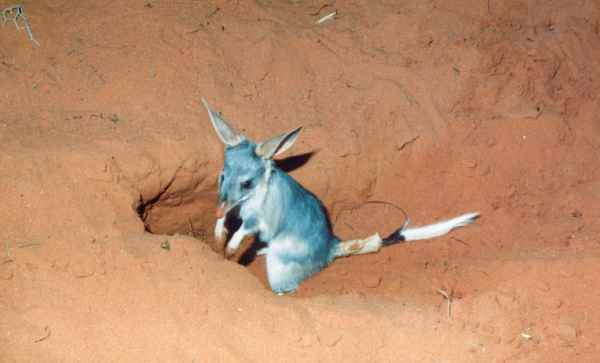
Bilbies are remarkable creatures with unique defence tactics to protect themselves from predators. Not only do they dig their own intricate burrows underground, but these tunnels can reach remarkable lengths of up to 10 feet – essentially too deep for most predators to explore. Even more astonishingly these micro engineers manage to design their own spiral-shaped tunnel networks which run around in an arc-shaped pattern close to the ground – no easy feat considering they’re such small animals.
Meerkats
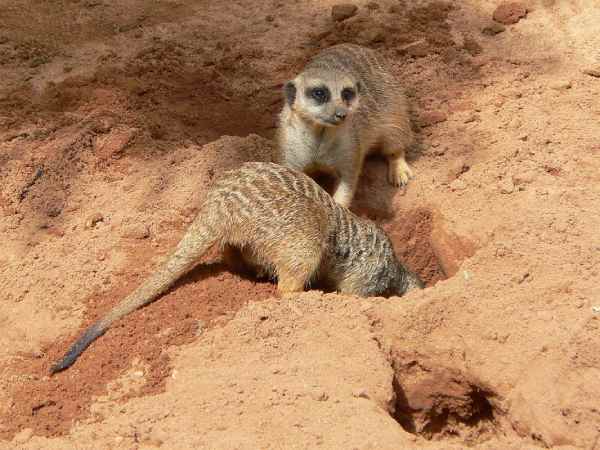
Meerkats are incredibly clever when it comes to building the most complex underground systems of all animals. They usually make a huge underground system with a 16 feet diameter, complete with 15 openings.
That’s quite impressive by itself, but the biggest ever observed was even bigger at 82 by 105 feet wide and containing 90 entry and exit points! Along with that, they also have several levels to them. This helps them control the temperature inside as they are cool during the day and warm at night – great if you want to avoid an extreme temperature change!
Not only that, but their burrows prove useful for hiding from predators like hyenas. It’s no surprise then why meerkats will spend an enormous amount of time in these passages; in fact, given the chance, they might even try to invade other meerkats’ tunnels and build additional ones in succession.
Prairie Dogs
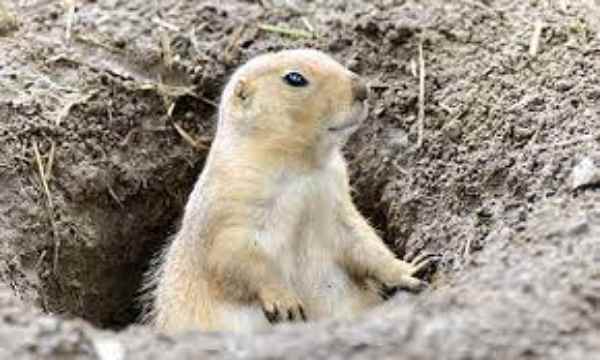
While at first glance they look more like dogs than squirrels, the unique ability of these animals to dig in the earth is truly impressive. The tunnels and systems that they create are not only a great way for them to regulate temperature but also provide shelter from environmental threats such as floods and fires.
Not only that, but their burrows often go as deep as 10 feet in order to protect them from predators, and even have specialized chambers for various needs – from nurseries for youngsters to winter chambers designed to keep them warm during chillier months.
Badgers
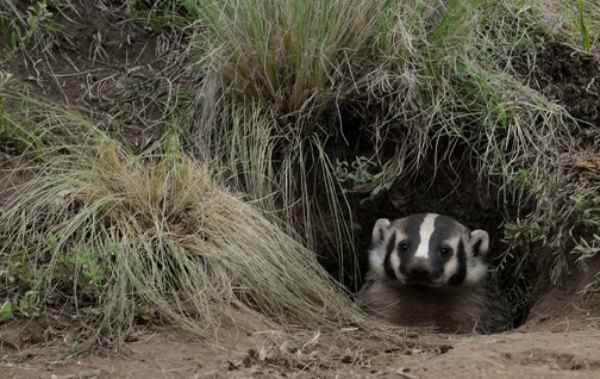
Badgers are a species of small mammals that build intricate networks of tunnels. These so-called burrows can have multiple entry and exit points, and even designated chambers for sleeping or nesting.
Primarily these underground homes are used to stay safe from predators, however, this naturally comes at a cost. In fact, hunting badgers in their own burrows has become a popular sport; the ancestors of our dachshunds were specifically bred to be able to fit inside these tunnels and hunt the badger occupants.
Despite their small size, badgers are incredibly strong diggers, with the capability not just to bore through the earth beneath them but also through manmade foundations and other structures.
Related Article: Badgers in Tennessee
Earthworms

Without these amazing diggers, the ecosystem would be in quite a state of disarray. Earthworms provide critical nutrients to the soil and act as an incubator for all kinds of little creatures while increasing the moisture and aeration levels below ground. Their contributions should not be understated — they are a vital part of any terrestrial environment! And yet, despite their prolific nature and strength, these earthworms are never given credit for their everyday hard work. Not only can they employ power 10 times their own body weight in order to expand crevices and move underground, but they can also help cut down on the growth of weeds, promote better water drainage, and make soils more porous.
Raccoons
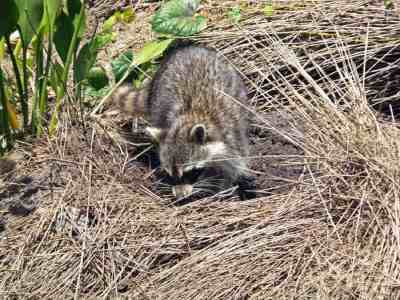
Raccoons have impressive cleverness and creativity when it comes to getting what they need; they’ll use their sharp wit to find food by employing a variety of methods.
Not only are they expert climbers, but they are also strong swimmers and can dig holes with ease. This astonishing ability has caught the attention of many scientific researchers, who often study why raccoons dig in search of food. Most experts agree that in their natural environment, these animals are most likely searching for a tasty treat – earthworms
Related Article: Badgers in Tennessee
Groundhogs
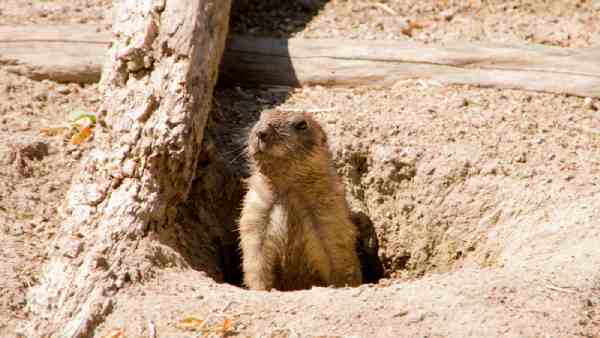
Groundhogs are one of the animal species that recognize the importance of burrows as an essential home for them. They use their burrows for shelter, sleeping chambers, hibernation, and even raising their young. Interestingly enough, a single groundhog inhabits each burrow alone, but typically more than one can be found within the same den. It’s amazing how these animals design their burrows with such care – having thorough protection from bad weather and even building bathrooms complete with excrement chambers.
Skunks

Although skunks may not seem like the most dangerous of animals to humans, they can be extremely annoying when we discover their burrows in our yards. By digging for insect larvae and worms, these critters create holes that become massive tunnels before you know it! Due to their low risk of needing to hide from predators, skunks typically won’t stay in one place for an extended period of time; however, they will certainly disrupt things while they’re around. Thankfully, much like raccoons, skunks will eventually go find a more permanent residence away from our backyards.
Moles
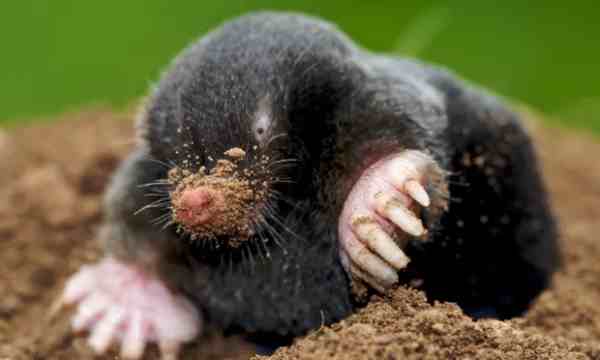
Moles have long been known for their incredible excavation abilities and are amongst the most talented and efficient diggers in the animal kingdom. If the soil is good enough, moles can complete a tunnel up to 18 feet long in one hour! This is recognized as being an amazing feat, especially when taking into account that moles spend their entire lives in the tunnels they’ve created – they act as the mole’s defensive home while providing it seclusion and protection from predators. Moles also use the tunnels to hunt worms and other tiny creatures, lacing their saliva with toxins that paralyze their prey on contact.
Pocket Gophers
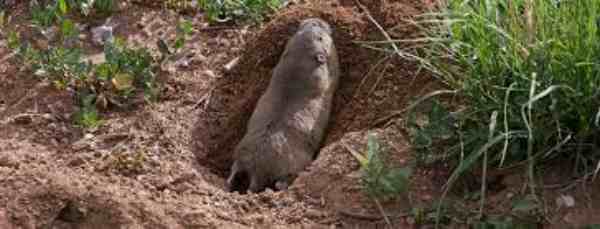
These are interesting little mammals, known for their tireless digging through the soil. Found throughout North America, these dynamic diggers can create and fill in tunnels very quickly using their powerful claws and sharpened teeth. Pocket Gophers often build extensive underground burrows that expand to lengths of up to five meters long! They protect themselves from predators by burying the entrance of these tunnels with dirt.
Digger Bees
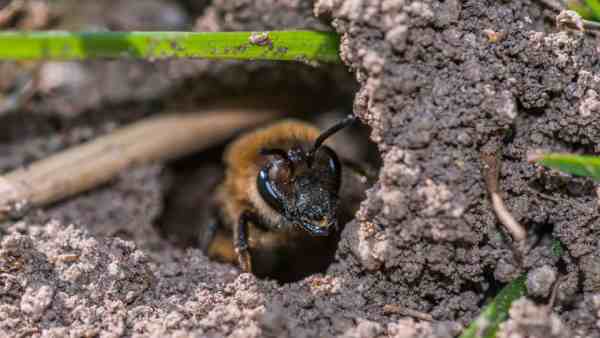
Digger bees are an incredibly hardworking species of bee. In the wild, these bees use the energy from their nutritious diet of nectar and pollen to power their digging work. They often dig in gravel, sand or bare soil in order to find a suitable place for their home. After creating the initial hole, they kick up dirt with their hind legs and scrape it with their front legs in order to create an even burrow before shaping each cell for every part of their colony.
Wasps

Wasps are fascinating creatures, and they’re especially interesting when it comes to digging holes. Wasps dig out small burrows in the ground, which they use as nesting sites. The wasp mother creates her nest by excavating soil from the edges of the nest to make a large pocket in the centre. Once the nest has been dug out, the wasp uses saliva and collected bark and wood fibres to form a type of paper for its walls. This is truly an impressive feat of engineering and ensures that young wasps remain safe from predators hidden away underground.
Faqs
What animal is the best digger?
Badgers
What animal digs holes around plants?
Skunks often dig holes while they’re looking for food or insects, so you may want to make sure your yard is skunk-proof. Raccoons are also clumsy visitors that can still cause damage – especially if they find open garbage cans in the area. Squirrels, chipmunks, groundhogs and gophers like to munch on plants, flowers and vegetables which can be costly in terms of the damage they can do.
What animal digs the deepest hole?
Nile crocodiles
Do lizards dig holes?
The answer is yes! Though not all lizards dig them, many species create catchment pools to collect water or serve as a shelter from the heat. Types of digging range from shallow depressions that capture rainwater to deeper excavated chambers for rest.
What animal digs holes in the grass?
Animals such as field mice, groundhogs, rats, raccoons, skunks, earthworms, etc. often dig holes in the grass.
Final Words
While most animals dig holes to ensure their safety from predators, some have taken it a step further and created truly astounding subterranean systems. Meerkats, groundhogs, and badgers create intricate underground dwellings that rival even the most advanced human construction projects.
For other animals such as raccoons and skunks, digging gives them access to food sources that would be otherwise unavailable. Moles, meanwhile, spend their entire lives beneath the surface as it’s their only protection from the outside world. All these animals prove that what lies underneath our feet is far more complex than we realize.
Reference:
- https://naturalresources.extension.iastate.edu/wildlife/diagnosing-holes-
- https://www.nbcnews.com/science/weird-science/holes-ground-could-be-our-longest-lasting-legacy-
- https://kids.nationalgeographic.com/animals/mammals/facts/aardvark

Rahul M Suresh
Visiting the Zoo can be an exciting and educational experience for all involved. As a guide, I have the privilege of helping students and visitors alike to appreciate these animals in their natural habitat as well as introducing them to the various aspects of zoo life. I provide detailed information about the individual animals and their habitats, giving visitors an opportunity to understand each one more fully and appreciate them in a more intimate way.

